The issue of mass tourism
Each year, around 120 000 tourists per day visit the city in summer, when there were only 50 000 of them in the 1950s. This ever-increasing number of visitors and the presence of this sometimes noxious crowd has serious consequences. The residents’ quality of life is negatively impacted, especially during peak tourist periods causing to mass exodus of inhabitants.
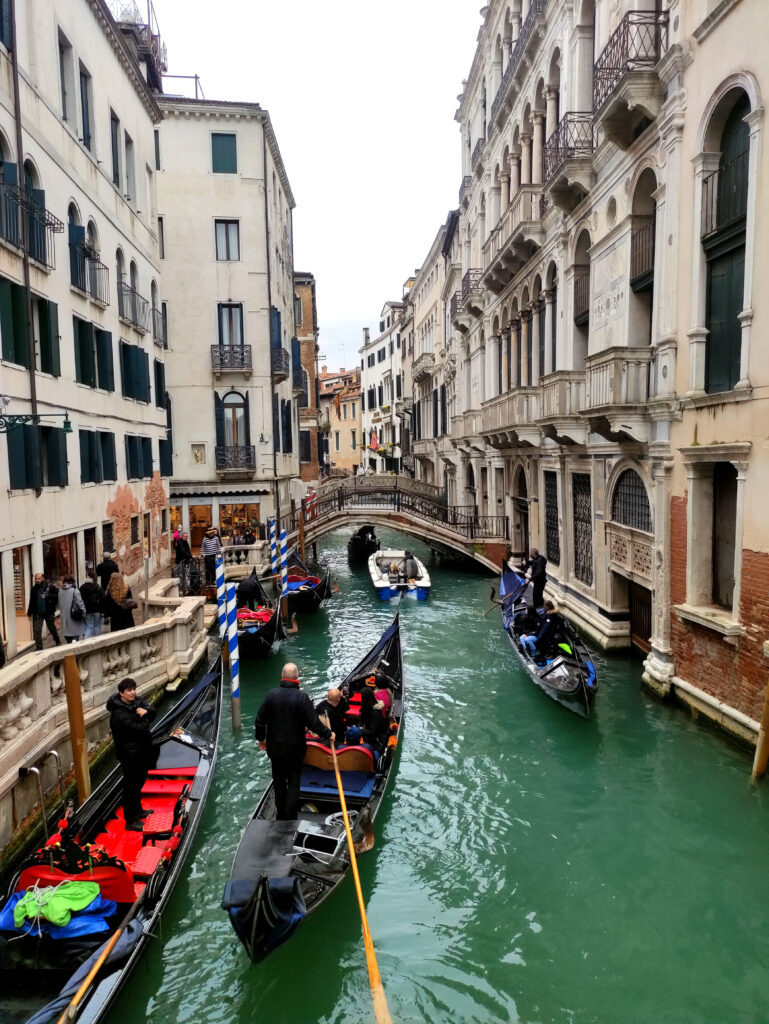
Besides, this progressive desertification of Venice by its residents is also caused by rising prices in the real estate market. Indeed, many apartments or houses are dedicated to tourist accommodation. This giant wave of tourists comes with a nearly unbearable amount of waste. The Veneto municipality is having a hard time managing it.
One of Venice’s particularities is that it is located in the lagoon. Therefore, to get to and around the city, water is the preferred means of transport. While traditional gondolas and the “vaporetto” are regular users of the lagoon, the presence of gigantic cruise ships is causing major problems. The lagoon, not very deep, is not made for these massive liners that are causing huge damages. Not to mention the mass pollution caused by these cruise ships and their engines which directly threaten the lagoon’s ecosystems.
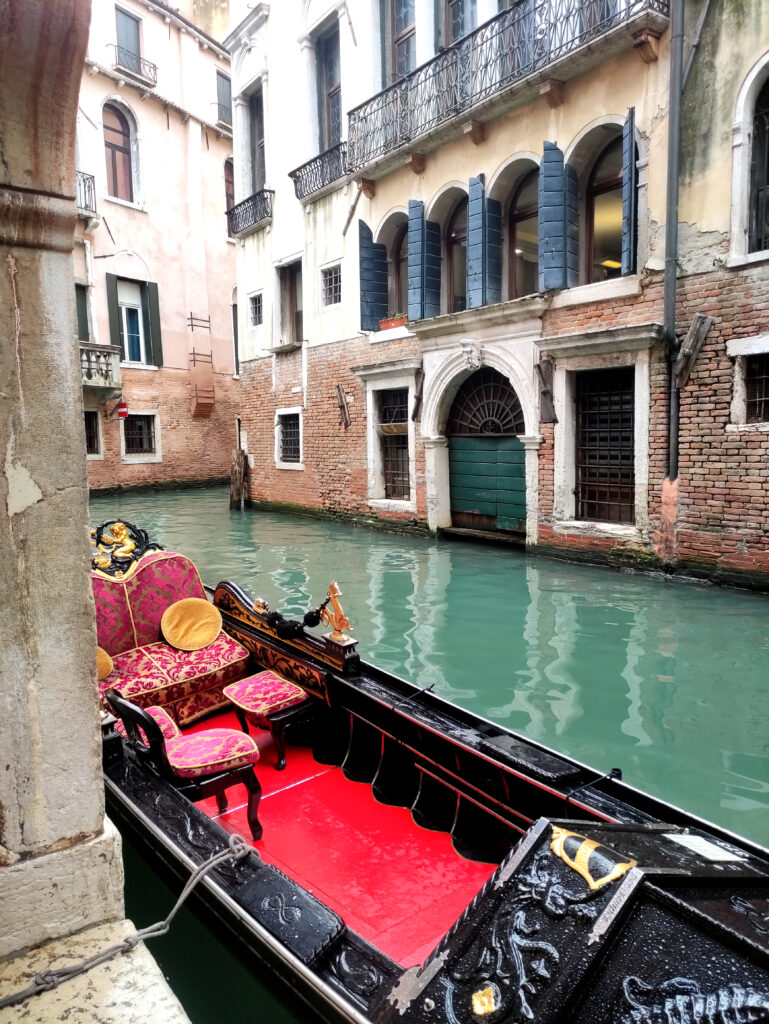
The measures taken so far
To tackle this growing issue of mass tourism, some measures have been taken by the municipality. A special tax has been implemented for one-day tourists since the beginning of 2024 for thirty days a year. To visit the city for a day, tourists will now have to pay a tax of five euros.
With this measure, the municipality hopes to discourage the one-day tourists to visit Venice on these specific days. Therefore they could better manage the flux of visitors. In the same vein, huge cruise ships are not allowed to enter Venice’s port anymore in order to avoid the excessive pollution they produce. Moreover, the Veneto municipality has introduced a limit on the number of people allowed in the city’s mythical places such as St Mark’s Square or St Mark’s Basilica during Carnival.
The consequences of global warming: rising waters
The situation has been constantly evolving over the past decade and seems to have worsened in recent years. Venice has been repeatedly used as an example of a city threatened by flooding in the IPCC reports to illustrate the dramatic consequences of climate change. Indeed, due to global warming that is causing glaciers to melt, sea levels are rising every year. This phenomenon is threatening coastal areas with flooding.
According to the most recent IPCC report: “the likely global mean sea level rise by 2050 is between 0.20 and 0.29 meters in the very high GHG emissions scenario”. By 2100, sea level is very likely to rise between 0.63 to 1.01 meters and by 2150 the rise could be up to 1.88 meters. The threat of flooding is therefore deeply alarming, in particular for Venice
To read the latest IPPC report, check this: link:https://www.ipcc.ch/report/ar6/syr/downloads/report/IPCC_AR6_SYR_FullVolume.pdf.
The “acqua alta” phenomenon
While scientists are raising the red flag about Venice’s very existence, intense episodes of high tides are threatening its buildings. If the “acqua alta” or high tides are natural phenomena that usually happens in winter, their intensity in the lagoon has significantly increased in recent years. Between 1996 and 2005, Venice suffered from fifty “acqua alta” of more than 1.10 meters above sea level. Bigger floods took place in 2008 and 2012.
On November 12 2019, Venice suffered from the second worst “acqua alta” since 1966: the level of water rose to 1.87 meters above sea level. The damages were significant, as St Mark’s Square and 80% of the city were underwater. Luigi Brugnaro, mayor of Venice since 2015, declared that “A tide at 187 cm is a wound that leaves indelible marks. Now the government must listen”. He added that this situation was “clearly an effect of climate change”.
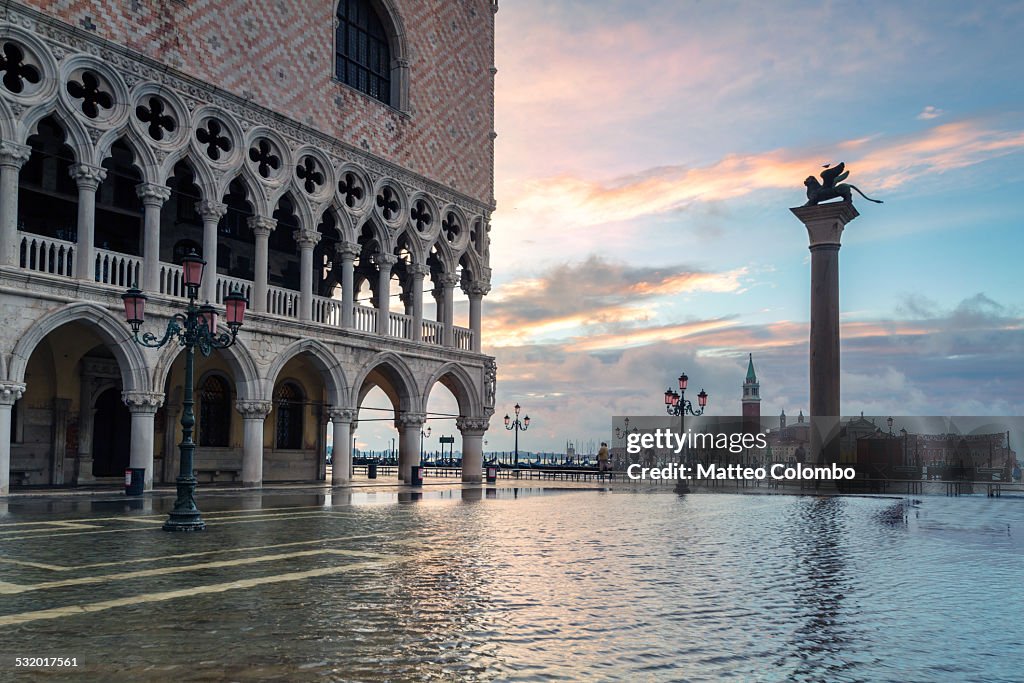
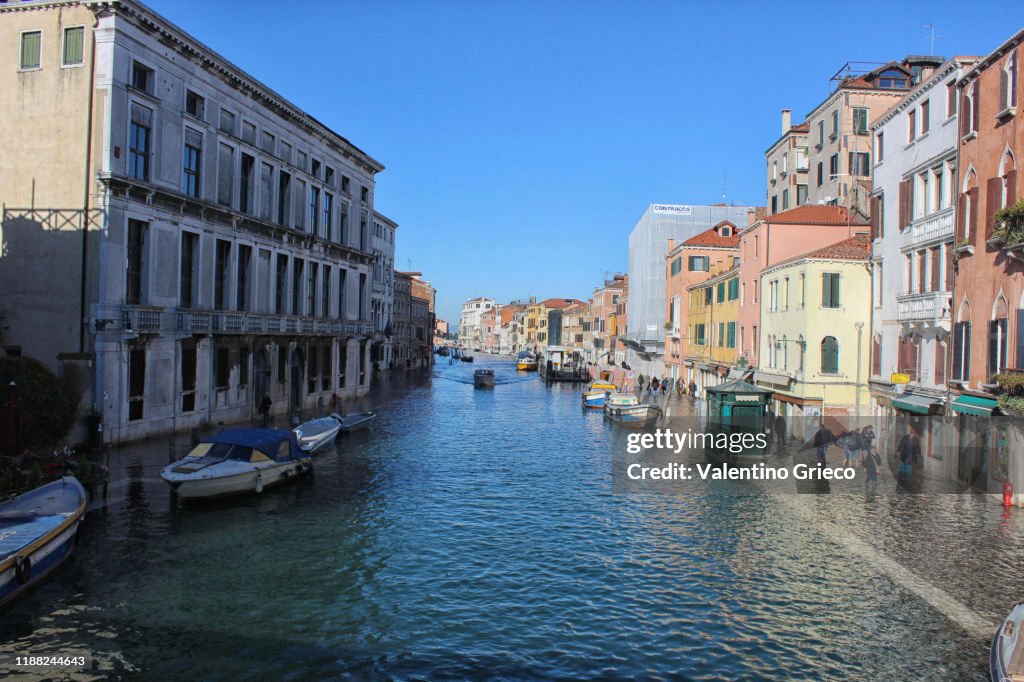
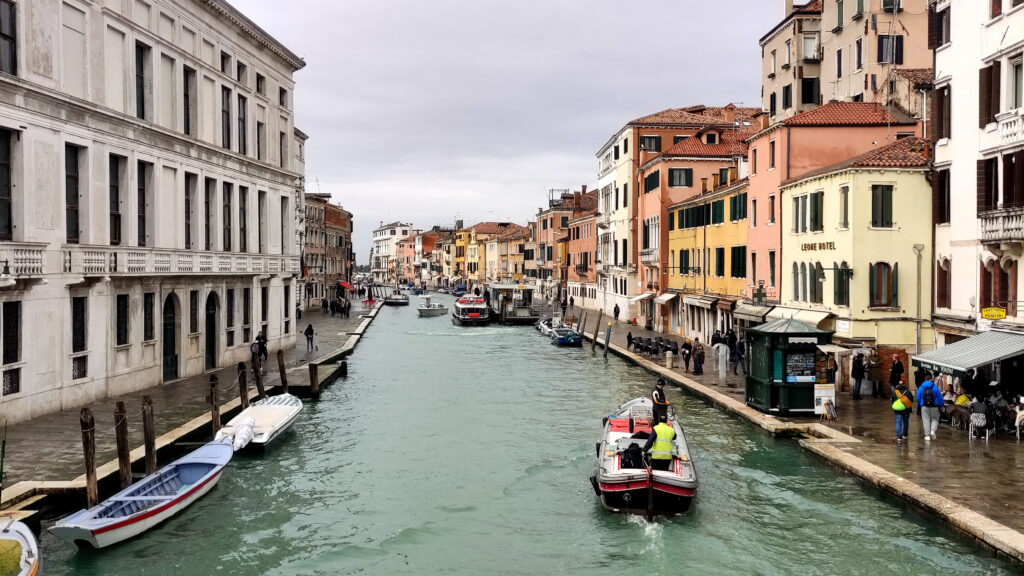
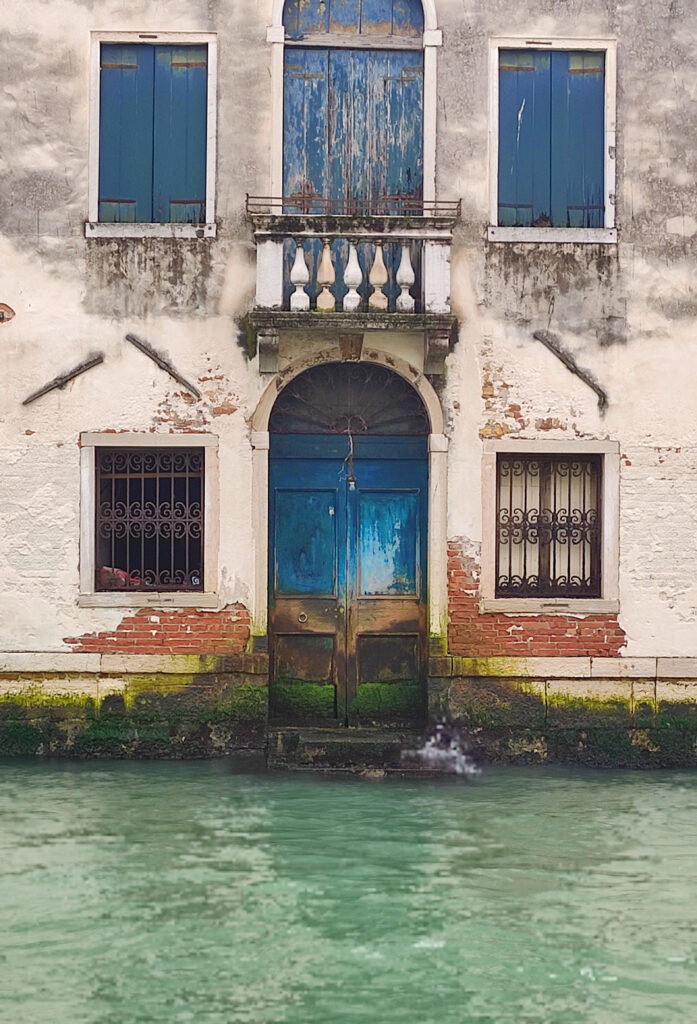
After the 1966 “acqua alta”, during which the water level reached its highest point (1.99 meters), a system was imagined to keep Venice from being submerged: Mose. Mose is composed of several floating dikes used a barriers against water. The project was launched in 2003 and is now active (it protected Venice from a high tide of 1.50 meters in October 2023).
The United Nations raises the red flag
UNESCO joins the Veneto municipality in denouncing insufficient actions of the Italian government to protect the city and its inhabitants. The international organization recommends putting the city on the list of World Heritage in Danger to enhance the measures taken to protect its patrimony. The implementation of a five euro tax for one-day visitors narrowly avoided Venice being placed on this list. Still, measures are considered insufficient by many.
Being part of UNESCO World Heritage Patrimony since 1987, Venice stands out by its unique architecture and location. These particularities of the city give Venice a singularity that attracts people from all around the world. However, the “City of Water” is facing significant threats, now more than ever. The rising sea levels will have a direct and heavy impact on the city, which could be submerged in the next century if global efforts are not made to dampen its effects.


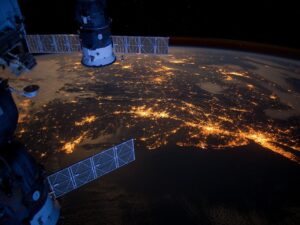





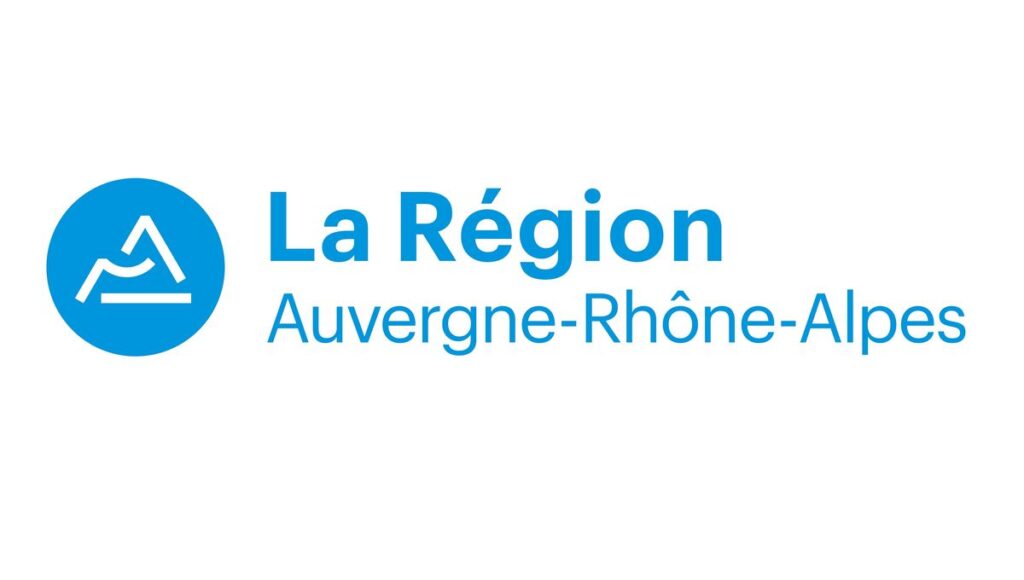


5 comments
Super l’article, réellement informatif et les photos l’ont rendu agréable à lire!
I truly appreciate your work, Great post.
Great – I should definitely pronounce, impressed with your website. I had no trouble navigating through all tabs and related information ended up being truly simple to do to access. I recently found what I hoped for before you know it at all. Reasonably unusual. Is likely to appreciate it for those who add forums or something, web site theme . a tones way for your client to communicate. Nice task.
Well I really enjoyed studying it. This information provided by you is very useful for good planning.
Rattling clear site, thankyou for this post.